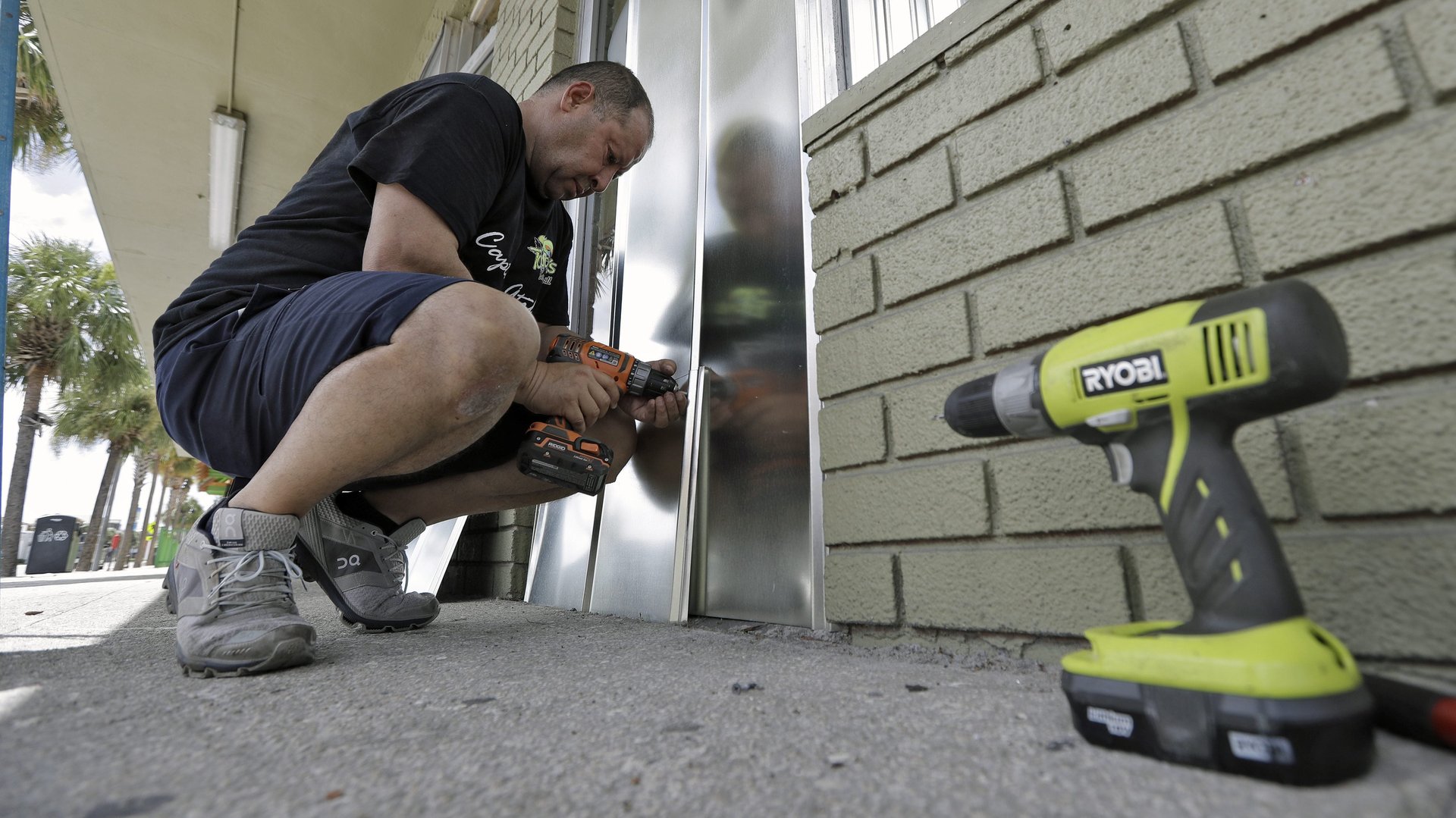Most of the houses in southern Florida weren’t built to today’s hurricane codes
After Hurricane Andrew destroyed more than 125,000 of Florida’s homes in 1992, state authorities realized that structures needed to be built stronger. Since 1994, southern Florida homes have had to meet new requirements that ensure they withstand the winds and flooding risks of at least a category 3 hurricane. More sweeping statewide legislation was added in 2001.


After Hurricane Andrew destroyed more than 125,000 of Florida’s homes in 1992, state authorities realized that structures needed to be built stronger. Since 1994, southern Florida homes have had to meet new requirements that ensure they withstand the winds and flooding risks of at least a category 3 hurricane. More sweeping statewide legislation was added in 2001.
In what will be the greatest test of the new homes’ strength, Hurricane Irma, expected to be the strongest hurricane since Andrew, is projected to hit Florida early Sunday morning. But since these regulations only apply to buildings constructed since the law took effect, a majority of southern Florida homes may not be equipped to handle Irma’s havoc.
Less than 28% percent of homes in Miami-Dade county have been built to the 1994 codes, according to the 2015 American Community Survey. The rest of the homes there are old stock, which may, or may not, be strong enough to withstand the storm.
Collier county, on Florida’s Gulf coast, has seen the most construction of Florida’s southern counties since 1990. Roughly 50% of dwellings there should meet the new regulations. Two other southern counties, Monroe and Broward, have seen only around 26% of their housing stock constructed since 2000.
These statistics mean roughly 50-75% of homes in southern Florida are not required to meet modern hurricane codes. It should be noted that these statistics in Florida don’t take into account older houses that were built to exceed prior hurricane-related building codes, or have since been retrofitted to withstand high-impact storms.
Sixteen percent of homes across the US have been built since 2000, according to the ACS, which puts Florida just around the national average—but Florida’s homes are the most at-risk for flooding damage in the country, according to financial and housing analysts CoreLogic. A 2017 storm surge analysis reports just under 2.8 million homes at risk of damage in Florida. Nationally, 6 of 10 of the most at-risk cities for storm surge damage are in Florida.
Meanwhile, those living in mobile homes or in trailer parks are likely to be the most affected. The Miami Herald reports that 54,000 mobile homes are at risk of being hit by Hurricane Irma, and many of their tenants are unable or unwilling to leave.
“We don’t know where to go,” retired construction worker Valius Derival told the Miami Herald.
If St. Martin and other Caribbean islands, which are just assessing the destruction as Irma leaves their shores, show any indication of the hurricane’s strength, aluminum mobile homes reinforced with plywood don’t stand a chance. Some islands saw 20-30% of structures totally destroyed. The Prime Minister of Antigua and Barbuda, has said 95% of structures were damaged in some way.
Florida police and social workers have taken proactive measures to bring homeless Floridians into safety, even involuntarily detaining those who refuse to seek public shelters.
“We’re going out and every single homeless person who is unwilling to come off the street, we are likely going to involuntarily Baker Act them,” Ron Book, chairman of the Miami-Dade Homeless Trust, told ABC News, referring to law enforcement’s ability to institutionalize those who are a danger to themselves or others. As of Friday afternoon, officers had detained at least 6 people.